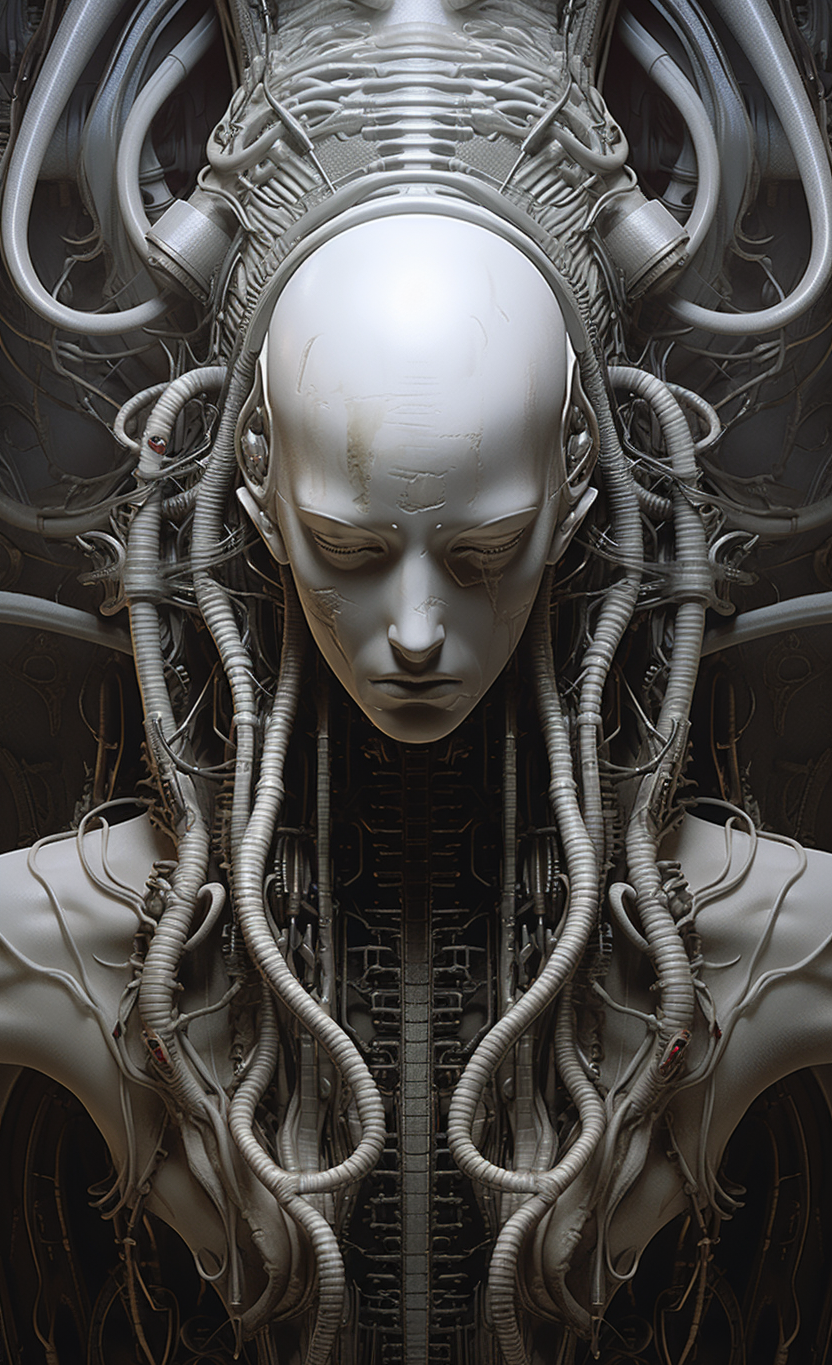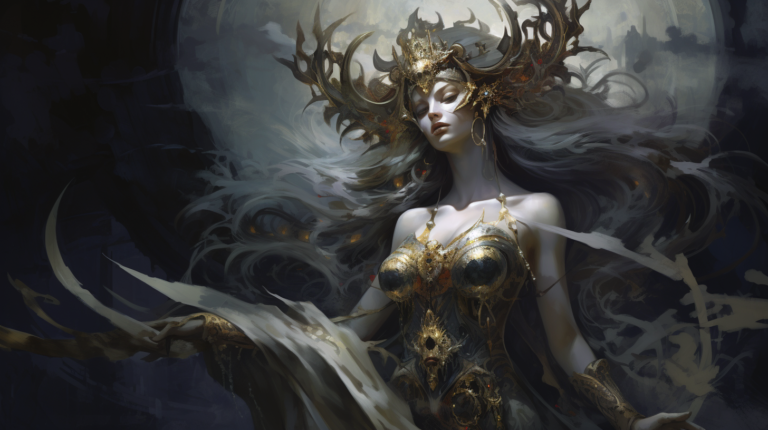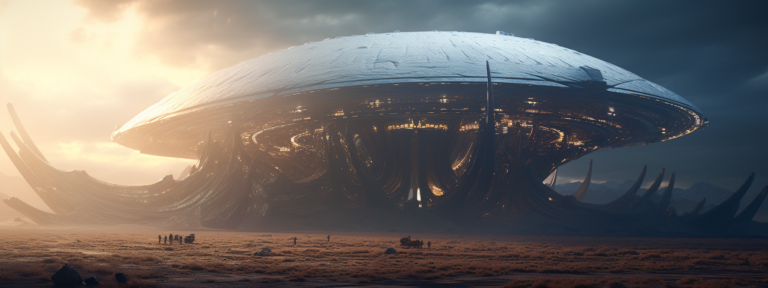Supernatural AI: Bridging the Divide Between the Paranormal and Technology
In a world where artificial intelligence (AI) models are becoming more advanced, their application is being stretched beyond traditional boundaries. One of the most curious intersections in recent years has been the blend of AI and the supernatural. Whether or not one believes in the existence of spirits, ghosts, or otherworldly entities, there’s no denying the cultural impact of the supernatural on storytelling, rituals, and personal beliefs. As it turns out, AI may offer some surprising insights into these realms.
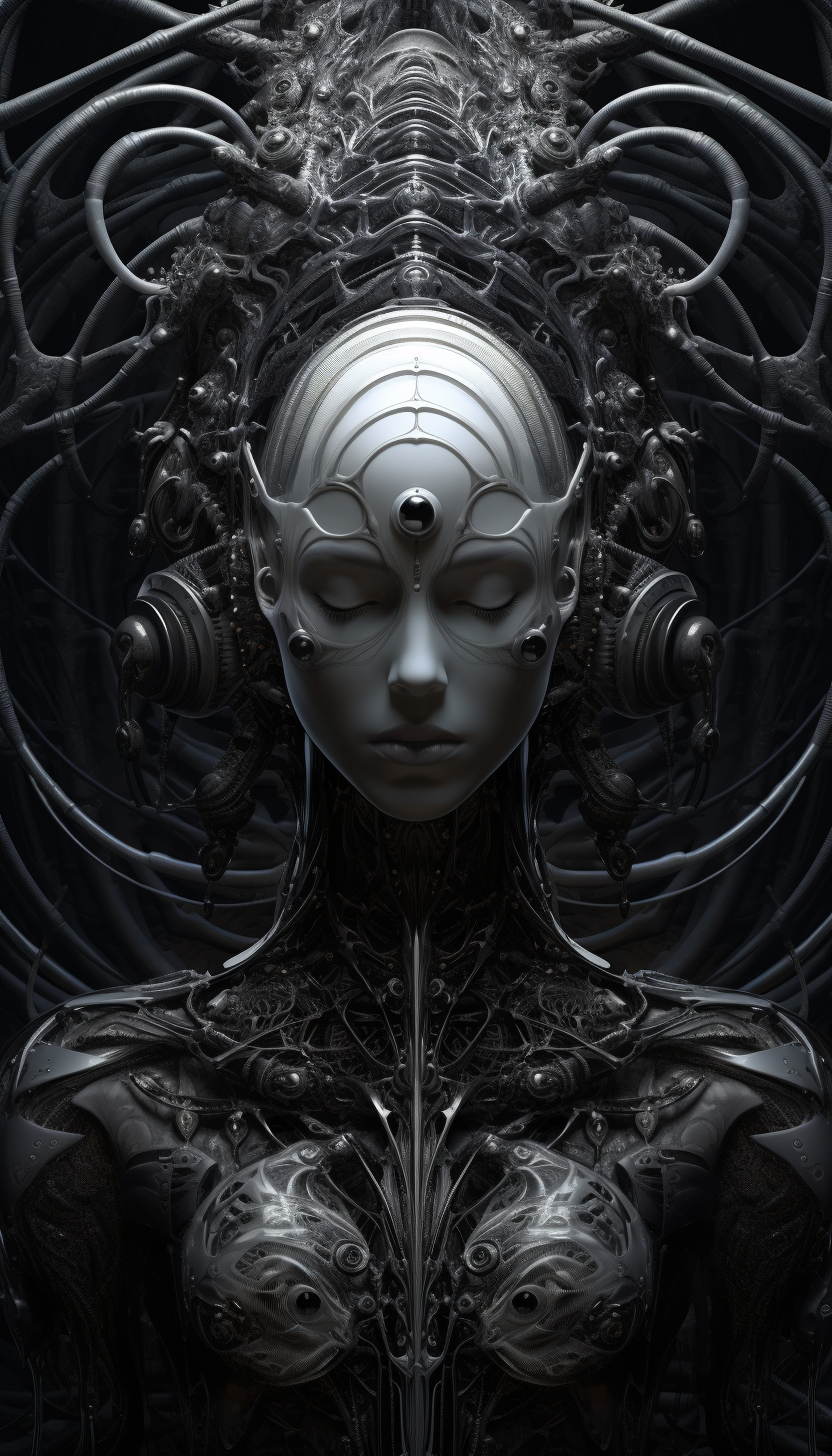
1. Paranormal Investigations & AI
Ghost hunters and paranormal investigators have traditionally used various tools, such as electromagnetic field (EMF) detectors, infrared cameras, and EVP (electronic voice phenomenon) recorders, to try to capture evidence of spirits. Now, AI can enhance these tools by analyzing the vast amounts of data these instruments collect, making it easier to identify anomalies.
For instance, machine learning algorithms can analyze hours of audio recordings to detect and classify unusual sounds, potentially eliminating the hours a human would spend listening for EVPs. Similarly, visual recognition software can highlight oddities in video footage that might go unnoticed by the human eye.
2. Spirit Communication: EVPs and Beyond
The traditional way of communicating with spirits, through séances and mediums, has been the subject of much skepticism. But what if we could use AI to establish clearer communication?
AIs are now being trained to recognize patterns in static noise or random data streams. By tuning into frequencies that humans typically can’t hear or understand, an AI might be able to decode or recognize patterns that suggest communication attempts, refining what we understand as EVPs.
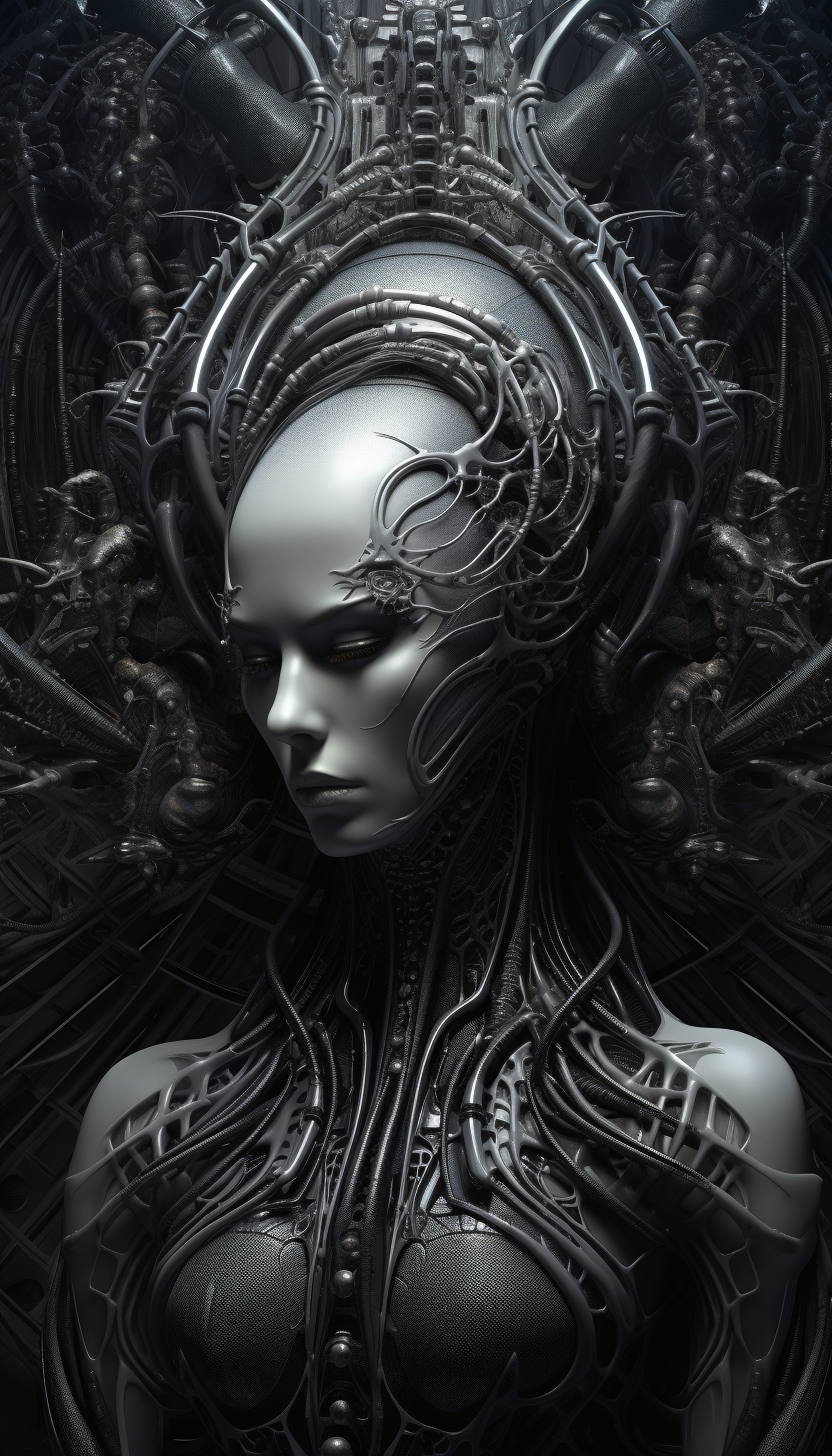
3. Myth or Machine Learning? Interpreting Patterns
One of the criticisms of the supernatural is that humans often see patterns where none exist—a psychological phenomenon known as pareidolia. This is where AI can be invaluable. By training an AI on vast datasets, we can get a more objective analysis of whether a particular pattern (sound, image, etc.) is likely an anomaly or just random noise.
4. AI-Powered Ouija?
It’s a provocative thought: could an AI be used as a medium itself? While traditional Ouija boards rely on the movement of a planchette to spell out messages, an AI-backed system could use real-time data analysis to assist. Such an application could measure minute physical inputs from the users and compare them against its database to give more accurate readings.
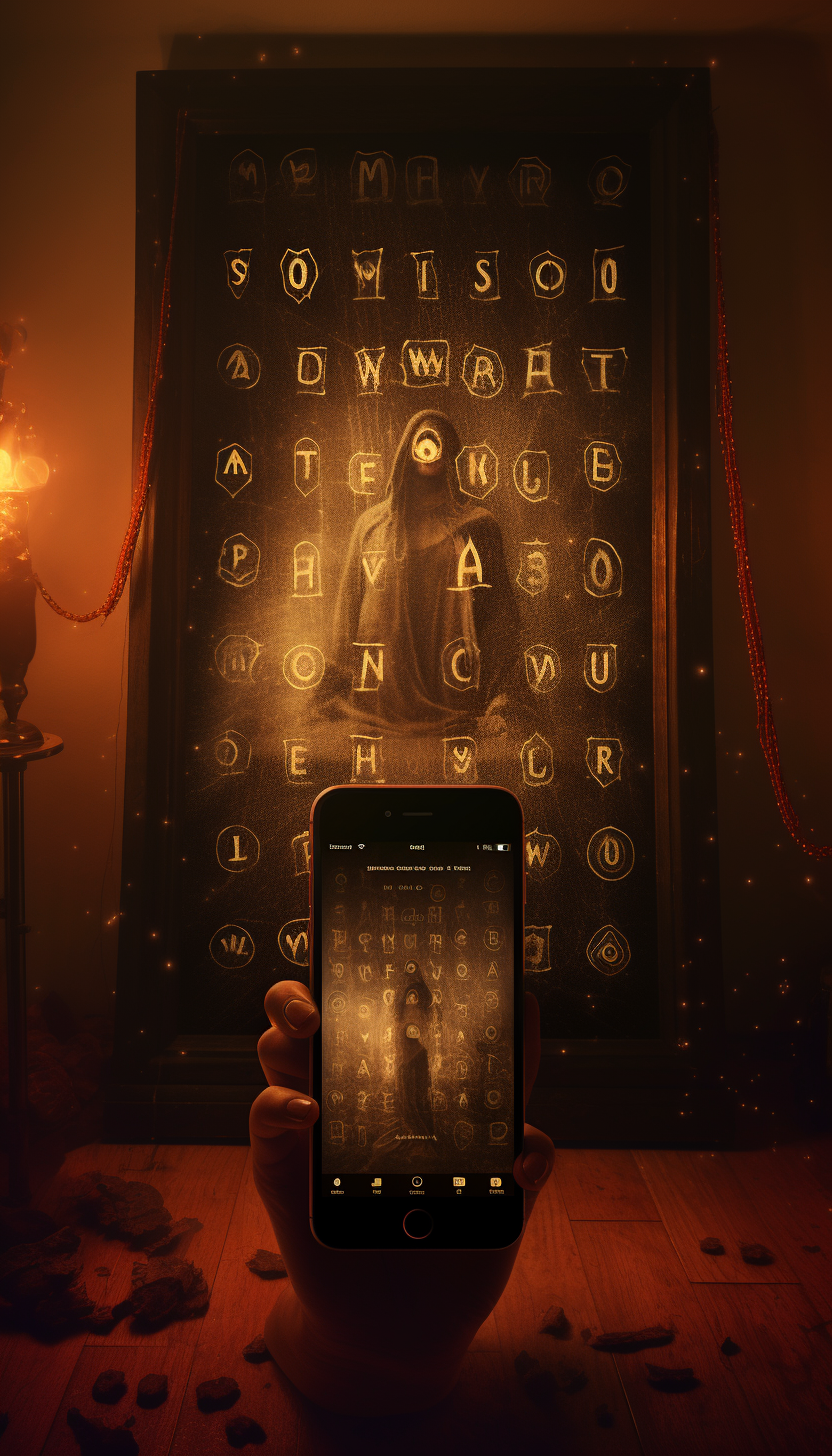
5. Skepticism, Science, and the Supernatural
While many enthusiasts are excited about the possibilities AI presents, skeptics argue that using AI in this manner is just adding another layer of interpretation onto already questionable practices. To some, the idea of using a machine to detect or communicate with spirits seems absurd. To others, it might be the logical next step in paranormal research.
Conclusion
The intersection of AI and the supernatural is fascinating, regardless of one’s beliefs in the latter. As our technological tools grow more sophisticated, they challenge us to look at age-old questions in new ways. Whether AI can truly bridge the gap between our world and any that might exist beyond remains to be seen. However, in the quest for understanding the unknown, every tool and perspective is worth exploring.
